Modern performance cars might be quicker on paper, but they rarely have the raw personality of the classics. Today’s machines rely on software, turbos, and traction control to get the job done. Back then, it was all about displacement, gearing, and guts. These cars weren’t built to win spec sheet comparisons—they were built to dominate the street, track, or drag strip with style and noise to spare.
What follows isn’t just a list of fast old cars—it’s a lineup of machines that still feel alive decades later. No gimmicks, no apologies. Just real-deal muscle that refuses to fade.1969 Dodge Charger R/T
1969 Dodge Charger R/T
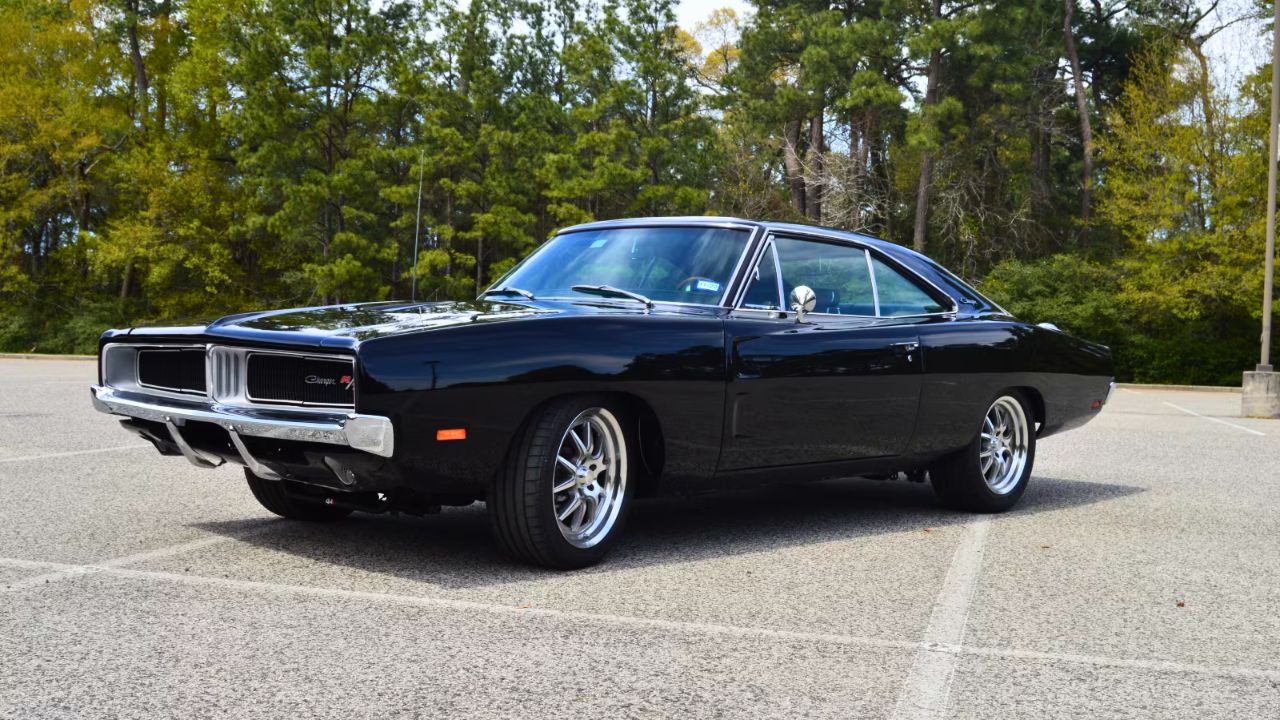
The ’69 Charger R/T isn’t just a fastback with attitude—it was Mopar’s big shot at making muscle street-legal and menacing. Under the hood, the 440 Magnum V8 cranked out 375 hp and 480 lb-ft of torque. Option it with the 426 Hemi, and you were staring down 425 hp. The Charger’s heavy-duty suspension and Dana 60 rear axle meant it could take a beating without flinching.
Built in Detroit and Windsor, the Charger R/T earned its reputation on the street and screen. Its wide stance and flying buttress roof gave it presence, and shows like The Dukes of Hazzard helped seal its cultural status. It wasn’t just about raw power—this car looked serious parked or at full tilt.
1970 Chevrolet Chevelle SS 454 LS6

Chevy didn’t hold back in 1970, and the LS6-powered Chevelle SS proved it. The 454 cubic-inch V8 threw down 450 hp and 500 lb-ft of torque—figures that still embarrass some modern performance cars. It ran low 13s in the quarter on stock tires and didn’t care what you thought about fuel economy.
Built in multiple GM plants, including Kansas City and Baltimore, the Chevelle SS had a wide, planted stance and a hood that hinted at the violence underneath. It was loud, raw, and had the kind of street rep that turned heads long before you even got out of second gear.
1971 Plymouth GTX 440+6

The ’71 GTX was Plymouth’s attempt to give brute force some polish. Standard with a 440 Super Commando and optional Six-Barrel setup, it was good for 390 hp and 490 lb-ft of torque. That kind of torque off the line could smoke the tires with just a twitch of your foot.
Built in St. Louis and Los Angeles, the GTX didn’t sell huge numbers, but it stuck with muscle car fans who wanted speed without the stripped-down feel. It came loaded with creature comforts, yet could still run low 14s. It was Mopar muscle dressed just enough to get into a nice restaurant.
1965 Pontiac GTO Tri-Power
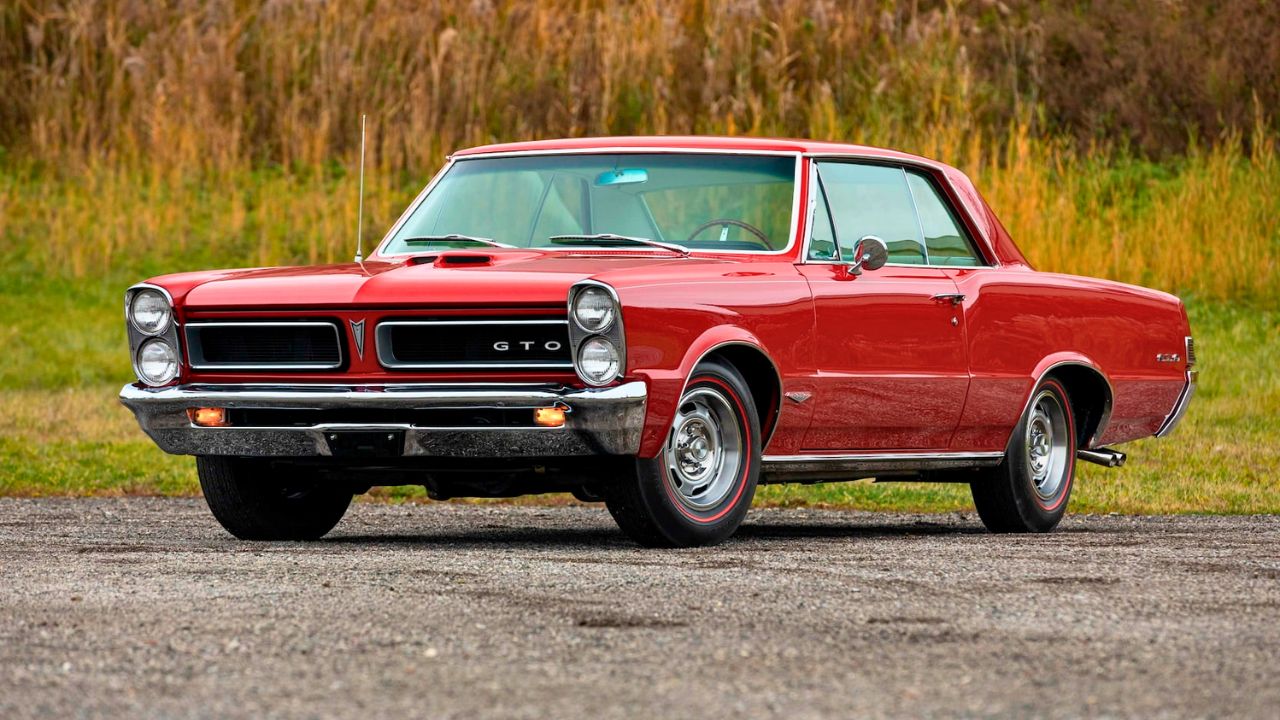
Pontiac’s GTO didn’t invent muscle, but it made it a thing regular folks could actually buy. In 1965, the Tri-Power option gave you three two-barrel carbs feeding a 389 V8, pushing out 360 hp. Backed by a Muncie 4-speed and optional 3.90 rear gears, it was lethal at stoplights.
Assembled in Pontiac, Michigan, the ’65 GTO walked a line between street car and Saturday night weapon. The stacked headlights and clean lines gave it understated charm, but under full throttle, it was all business. It didn’t just sell well—it kicked off a market segment that defined an era.
1970 Buick GSX Stage 1
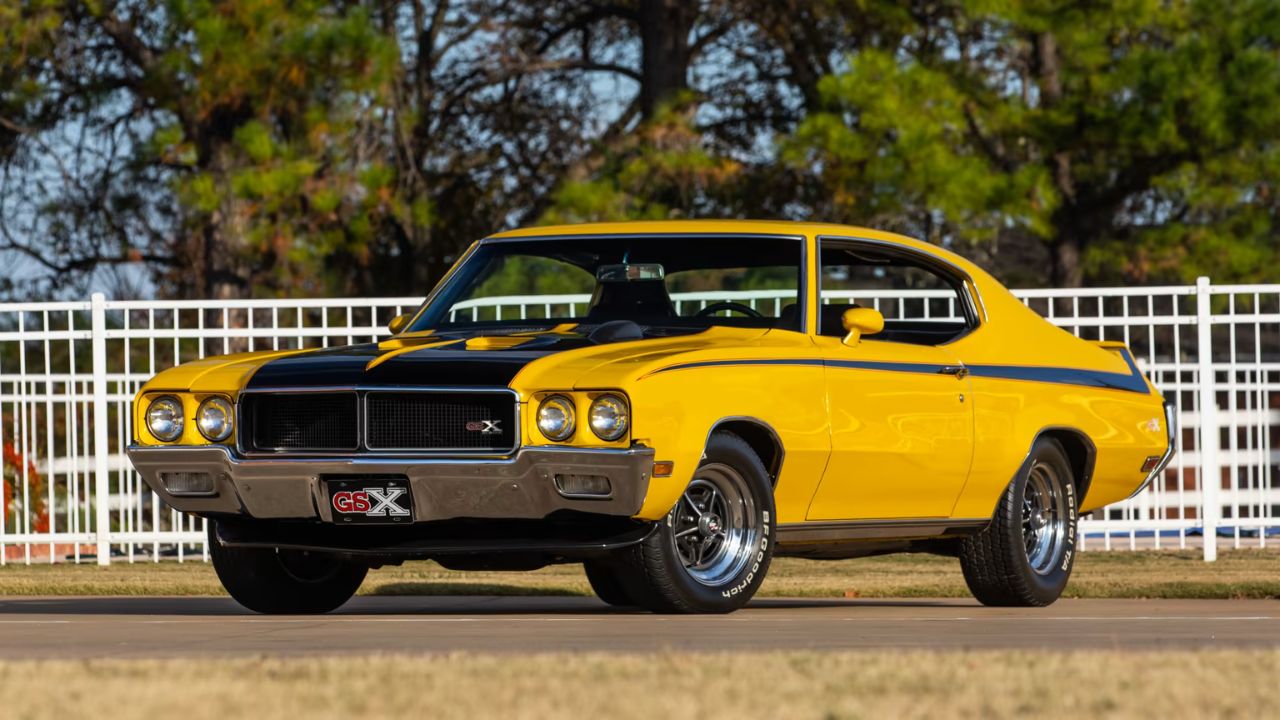
The GSX Stage 1 was Buick’s way of telling the big three they could build a street brawler, too. It came with a 455 cubic-inch V8 rated at 360 hp, but real numbers were closer to 400+ with 510 lb-ft of torque. It could run the quarter in the low 13s with barely a chirp.
Built in Flint, Michigan, the GSX wasn’t cheap, and it wasn’t flashy outside of its signature Saturn Yellow or Apollo White paint. But with a heavy-duty suspension, functional hood tach, and some of the most underrated torque of the era, it was pure muscle in a gentleman’s suit.
1970 Oldsmobile 442 W-30
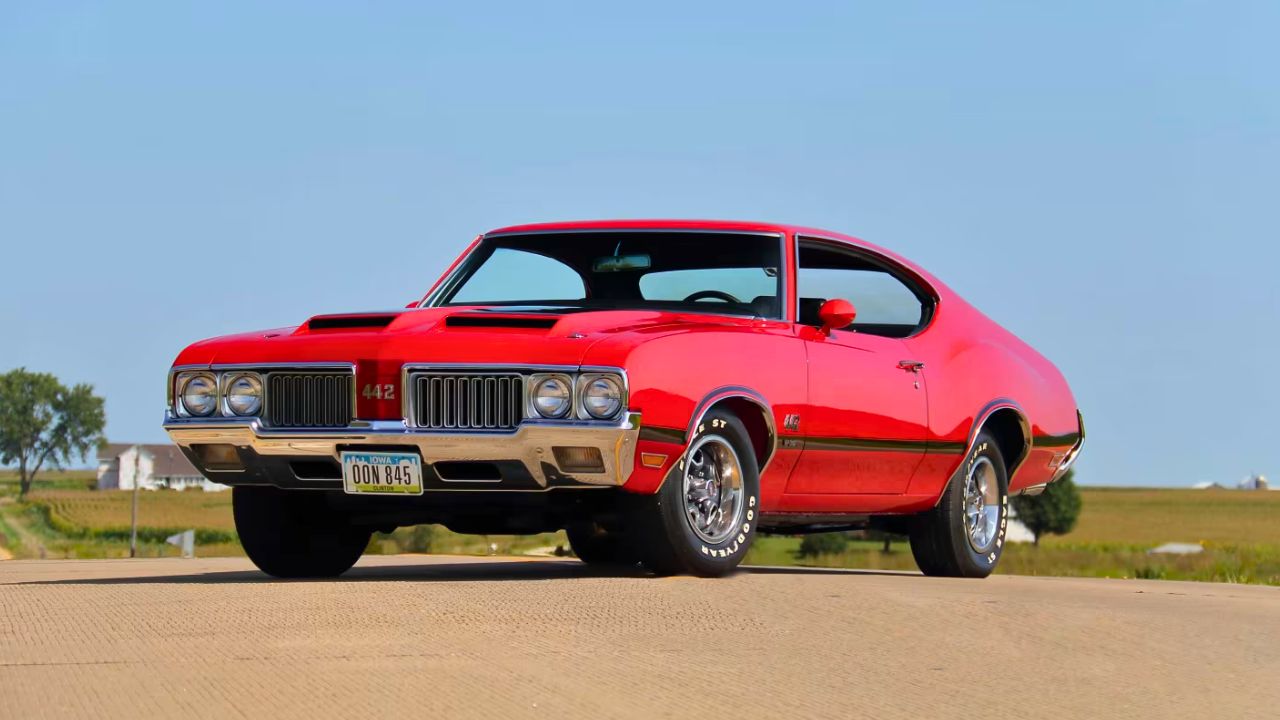
The 442 W-30 didn’t need gimmicks. It packed a 455 V8 pushing 370 hp and a monster 500 lb-ft of torque. The W-30 option added a fiberglass hood with functional scoops, better heads, a hotter cam, and low-restriction exhaust. It could run low 13s with the right gears and tires.
Built in Lansing, Michigan, the 442 had Olds refinement mixed with serious attitude. It wasn’t as loud visually as a Chevelle or GTX, but that was part of its appeal. If you knew what it was, you knew better than to mess with it at a red light.
1971 Dodge Demon 340

The Demon 340 didn’t get the big-block treatment, but that’s what made it special. Its 275 hp 340 small-block was lightweight and lively, paired with a 4-speed and 3.91 gears. It was fast without being nose-heavy, and could outrun plenty of bigger, thirstier muscle cars.
Built in Hamtramck, the Demon was aimed at younger buyers who wanted performance without the insurance nightmare. It was quick, loud, and raw in all the right ways. Its cheeky styling and devil badge stirred up controversy back then, but today it just adds to the car’s charm and reputation.
1969 Ford Mustang Boss 429
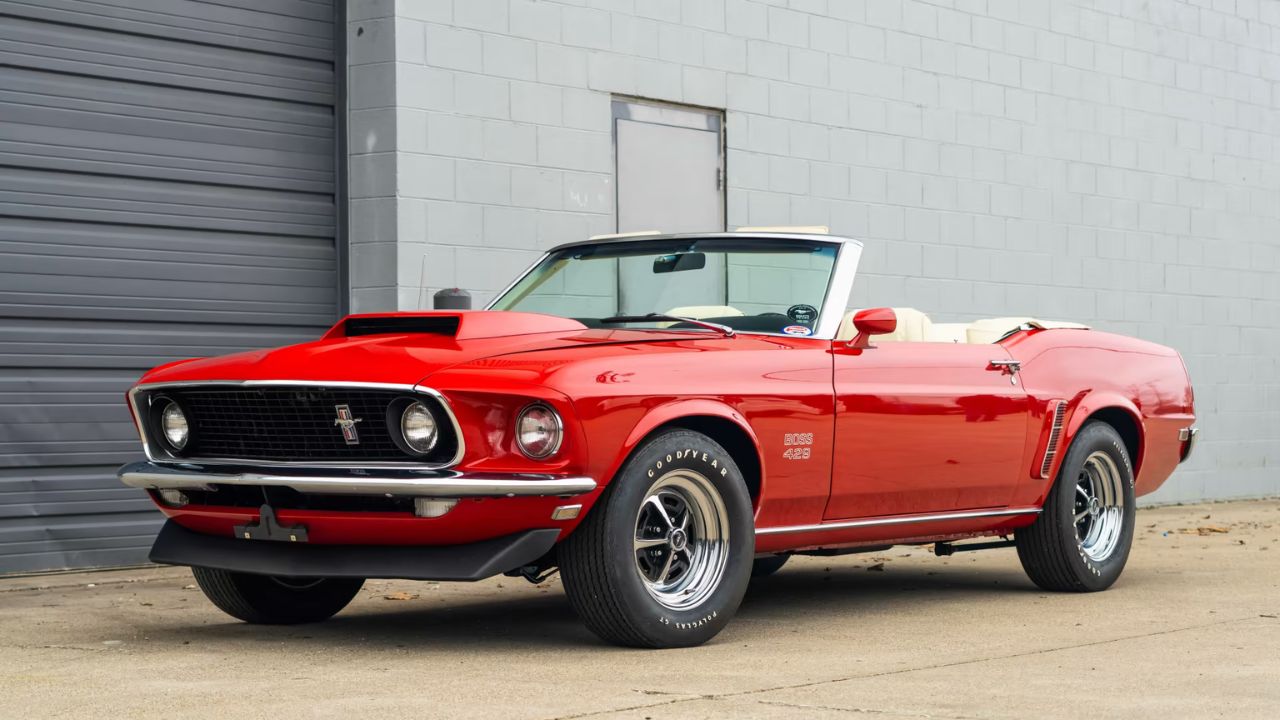
Ford dropped the Boss 429 into the Mustang to homologate it for NASCAR, not to win drag races—but it still held its own. The semi-hemi 429 V8 made 375 hp on paper, though real output was north of 500. Big heads, forged internals, and a unique front suspension made it special.
Built in Brighton and converted by Kar Kraft in Michigan, the Boss 429 was expensive, rare, and brutally fast in the right hands. Its flared fenders and massive hood scoop gave it presence, but it was the engine that made it legendary. Only 859 were built in 1969.
1970 Mercury Cyclone Spoiler 429 SCJ

The Cyclone Spoiler 429 SCJ was Mercury’s take on muscle—aggressive, underrated, and brutally effective. Under the hood was Ford’s 429 Super Cobra Jet V8 making 375 hp and 450 lb-ft of torque. With 4.30 gears and Drag Pack components, it was built for straight-line punishment.
Assembled in Lorain, Ohio, the Cyclone Spoiler didn’t have mass appeal, but that’s part of its mystique now. Its fastback profile, shaker scoop, and bold graphics weren’t just for show. This was a factory street racer from a brand not usually known for brute force.
1970 AMC Rebel Machine
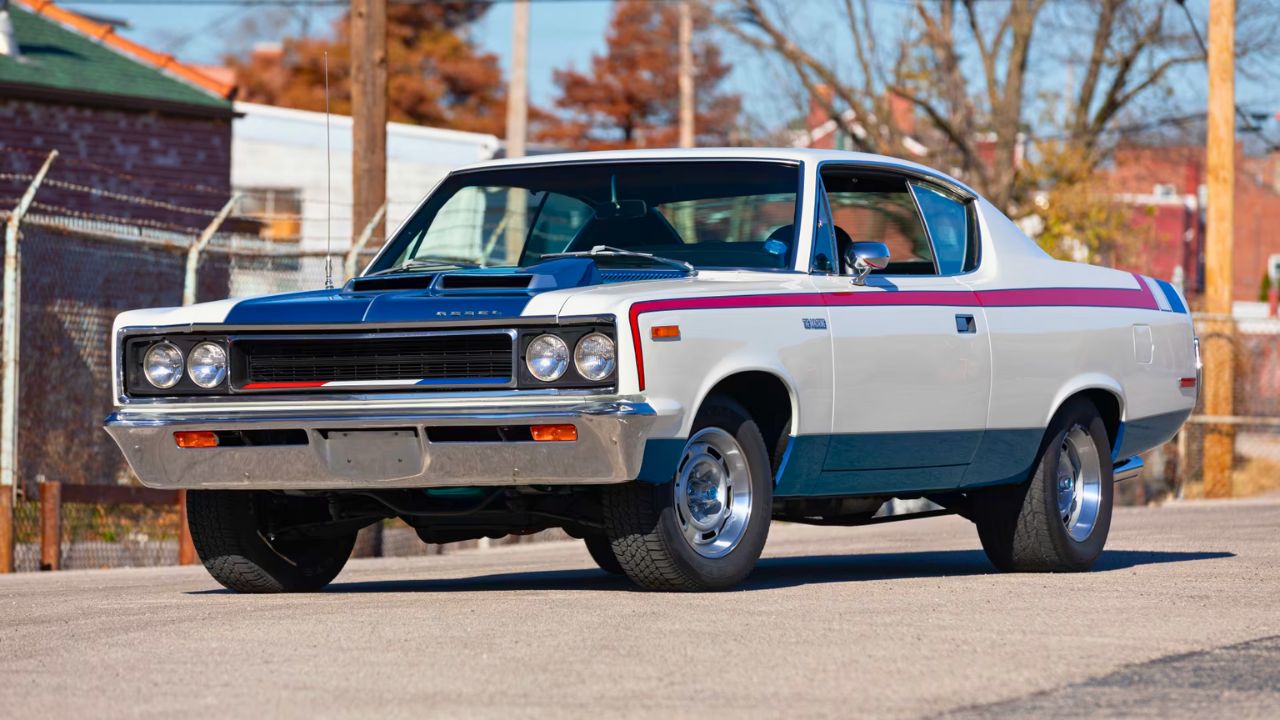
AMC wasn’t playing around when they built the Rebel Machine. Its 390 V8 pushed out 340 hp and 430 lb-ft of torque, backed by a beefy suspension and close-ratio 4-speed. It could run 14s out of the box and came with factory headers and cold air induction.
Built in Kenosha, Wisconsin, the Rebel Machine came painted red, white, and blue—literally. It wasn’t subtle, but it didn’t need to be. AMC used it to make noise in a crowded market, and it worked. You didn’t see many of them, but if one pulled up, you remembered.1970 Plymouth Superbird 440 Six-Barrel
1970 Plymouth Superbird 440 Six-Barrel
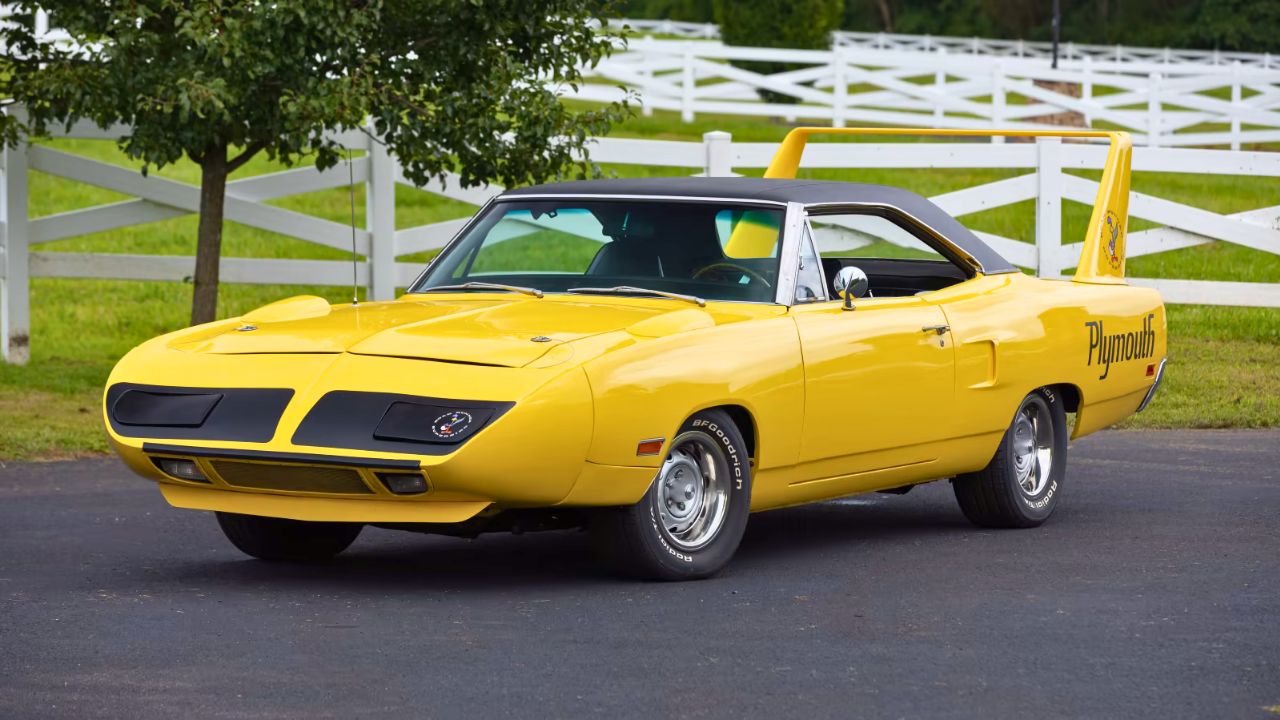
Built to dominate NASCAR, the Plymouth Superbird was wild even by muscle car standards. The 440 Six-Barrel V8 delivered 390 hp and 490 lb-ft, while the available 426 Hemi pushed that to 425 hp. Its massive wing and pointed nose weren’t for looks—they cut drag at 200+ mph.
Assembled in Detroit, it was only made for one year. Dealers struggled to move them back then, but today they’re legends. What made the Superbird special wasn’t just speed—it was how unapologetically different it looked. It was built for a purpose, and it looked like it.
1969 Chevrolet Camaro Z/28
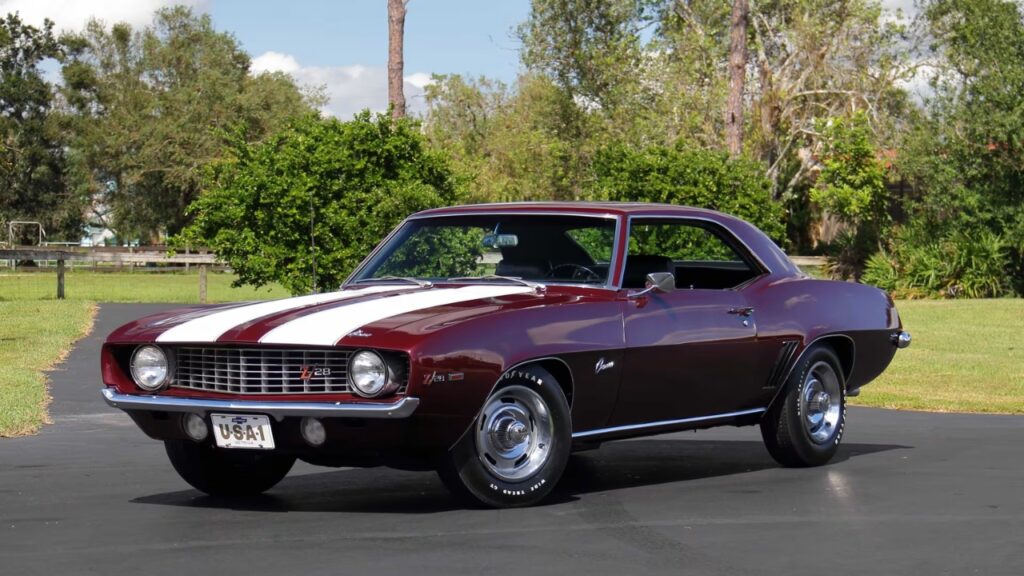
The Z/28 wasn’t built for straight-line bragging rights—it was a corner carver with serious chops. The 302 V8 was underrated at 290 hp, revving past 7,000 rpm with ease. Mated to a close-ratio Muncie 4-speed and 4.10 gears, it begged to be thrashed on a road course.
Built in Norwood, Ohio, the Z/28 was GM’s Trans Am racer for the street. No AC, stiff suspension, and quick steering made it less comfortable but more engaging than most muscle cars. If you wanted to actually drive, not just cruise, the Z/28 was your ticket.
1970 Pontiac Firebird Trans Am Ram Air IV
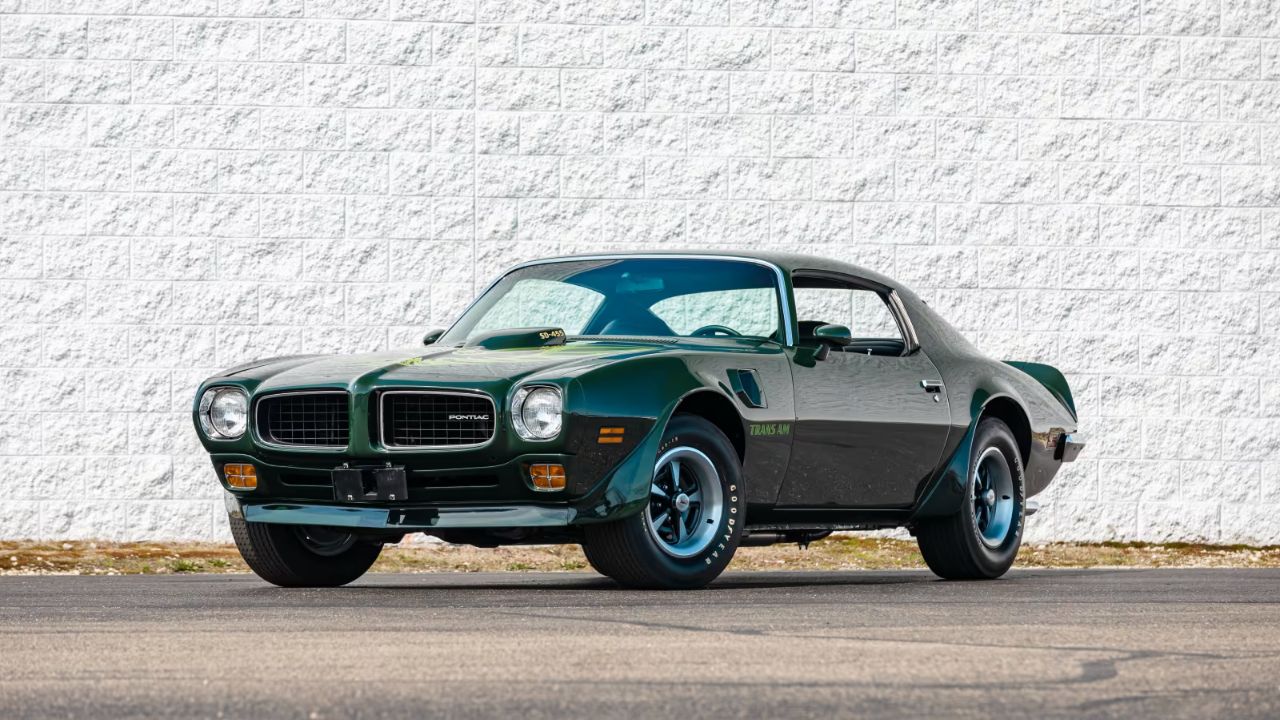
The Ram Air IV Firebird was the rawest version of Pontiac’s second-gen muscle coupe. The 400-cube V8 made 370 hp and 445 lb-ft, but that doesn’t tell the whole story. Big-valve heads, an aggressive cam, and a high-rev nature gave it real bite. It was built to haul.
Assembled in Norwood, Ohio, the 1970 Trans Am didn’t have the big sales numbers, but it made up for it in performance. The shaker hood, fender vents, and low-slung stance set it apart from its F-body sibling. It was a serious driver’s car wrapped in Pontiac attitude.
1966 Shelby GT350

Carroll Shelby didn’t just tune Mustangs—he turned them into weapons. The ’66 GT350 had a high-revving 289 V8 making 306 hp, backed by a close-ratio 4-speed. With upgraded suspension, brakes, and weight savings, it handled better than anything else wearing a Mustang badge.
Built in Venice and later at LAX by Shelby American, the GT350 kept the Mustang’s fastback looks but ditched the commuter car feel. It was stripped, loud, and sharp. While later GT500s went for raw power, the GT350 balanced agility and attitude in a way few others could match.
1973 Pontiac GTO 455 SD
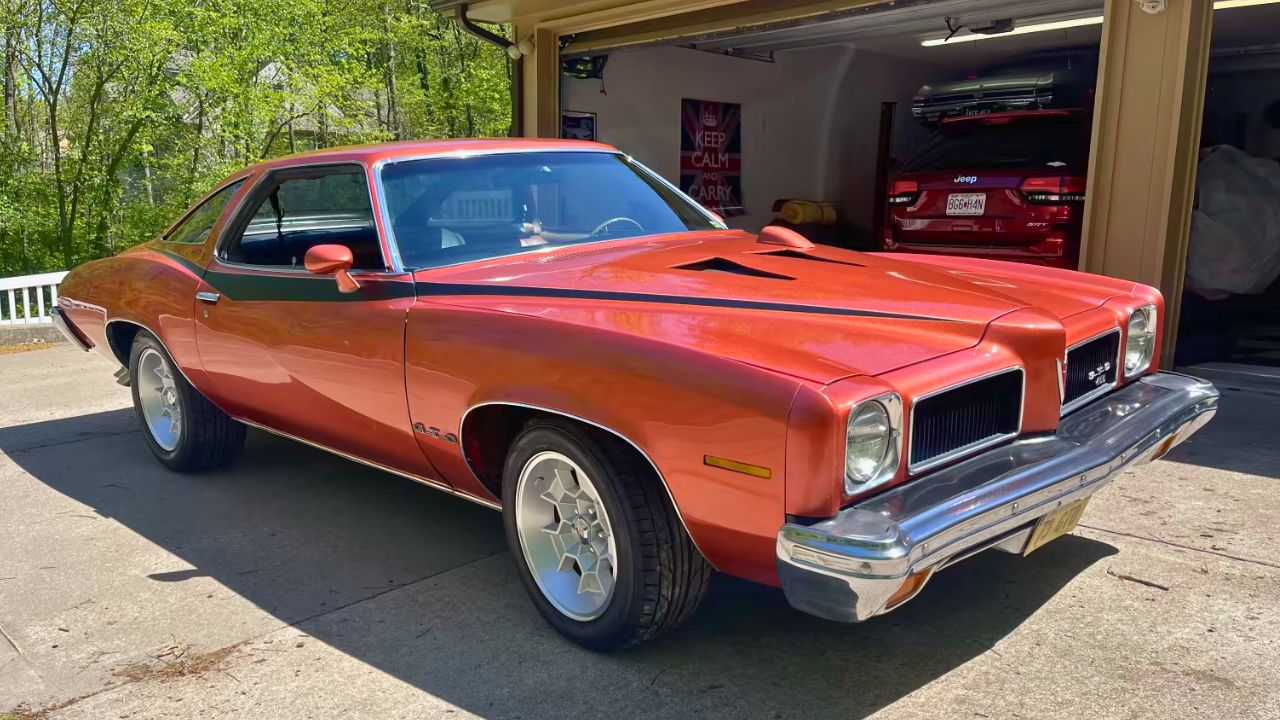
Just as the muscle era was closing, Pontiac snuck out one last punch—the Super Duty 455. Rated at 290 hp, the numbers didn’t tell the whole story. It used forged internals, high-flow heads, and factory headers—more race motor than street engine. It was built tough, and it showed.
Though most SD engines went into Trans Ams and Formulas, a few landed in GTOs. Built in Pontiac, Michigan, it was a quiet sendoff for a car that helped start the muscle car boom. In an era of rising insurance and emissions, this GTO refused to go out quietly.
Like what you read? Here’s more by us:
*Created with AI assistance and editor review.


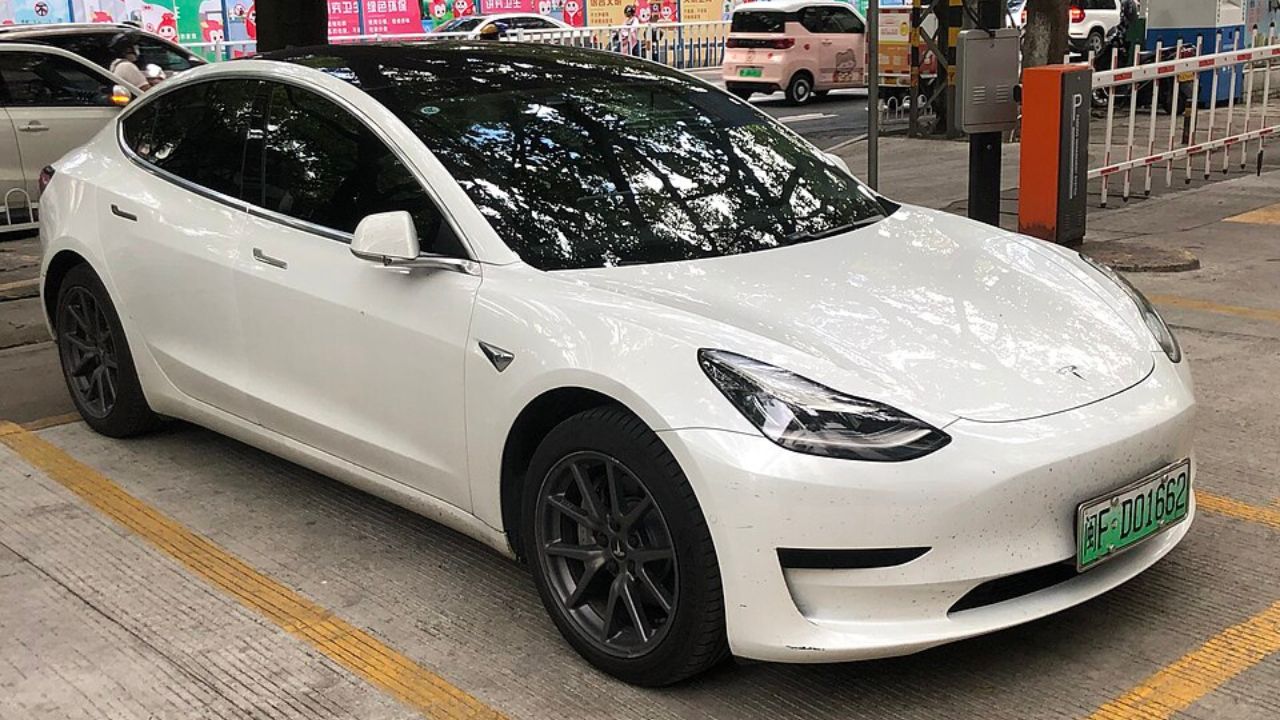
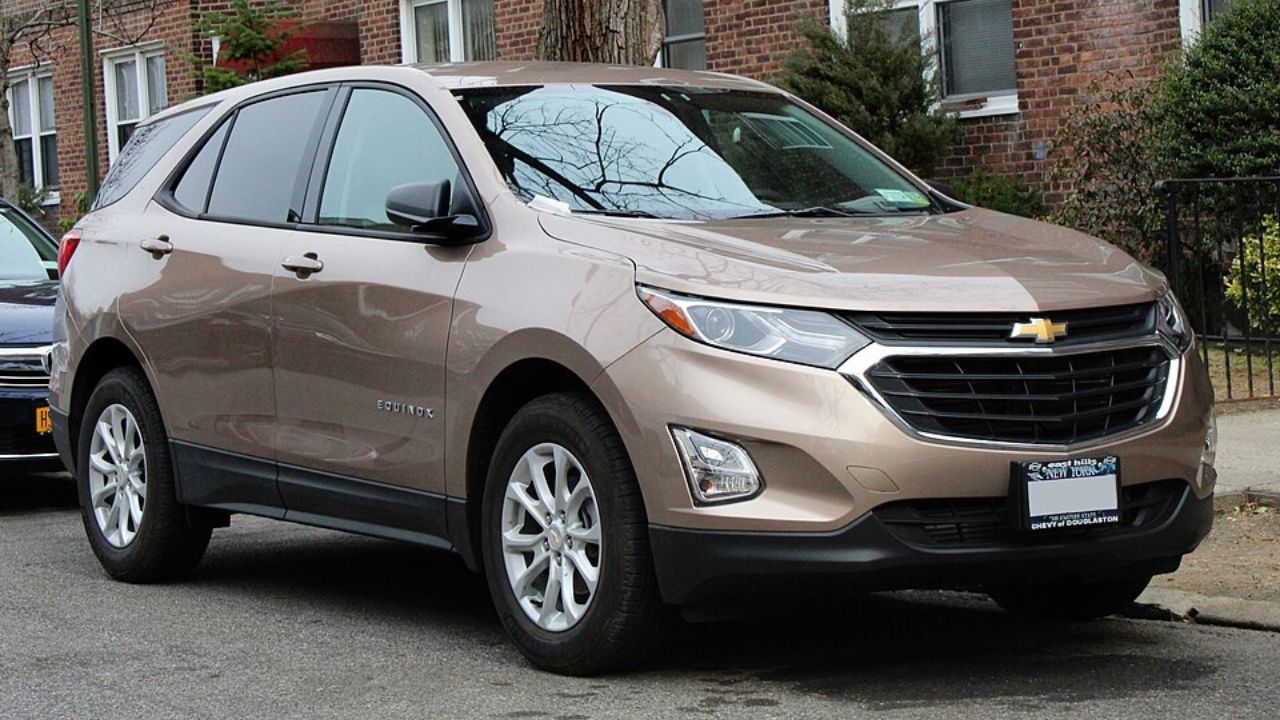

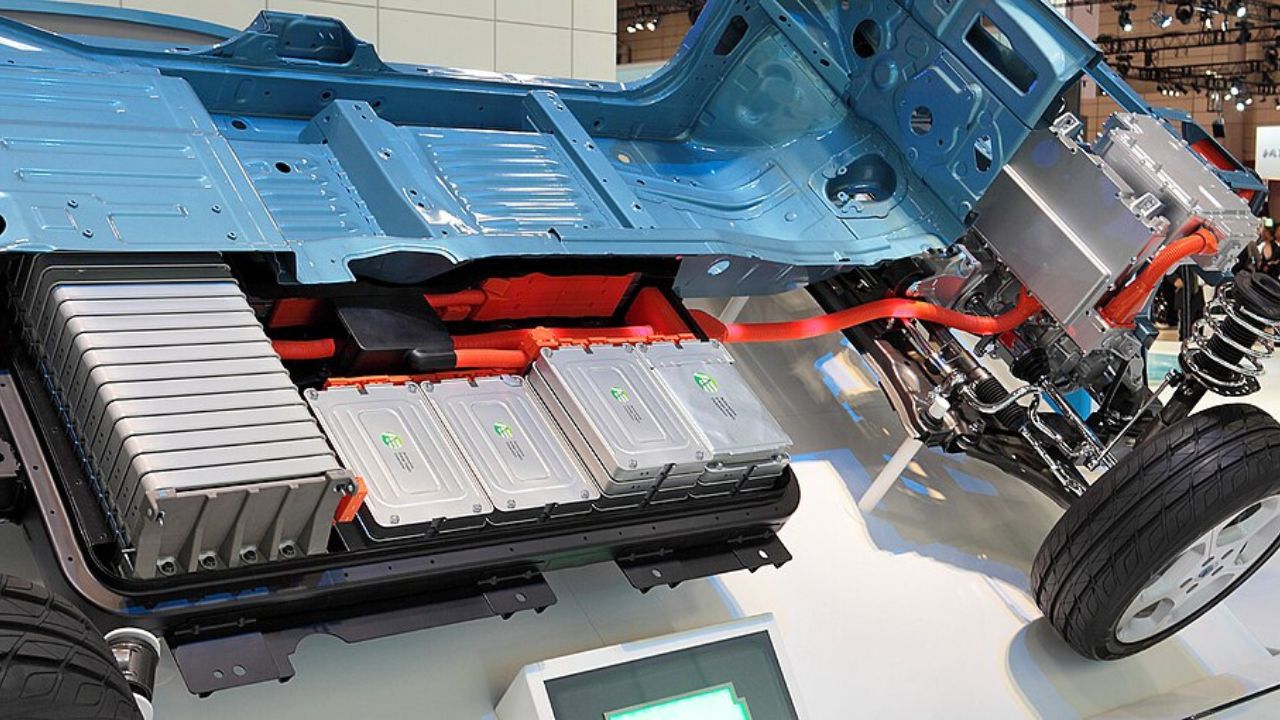

Leave a Reply